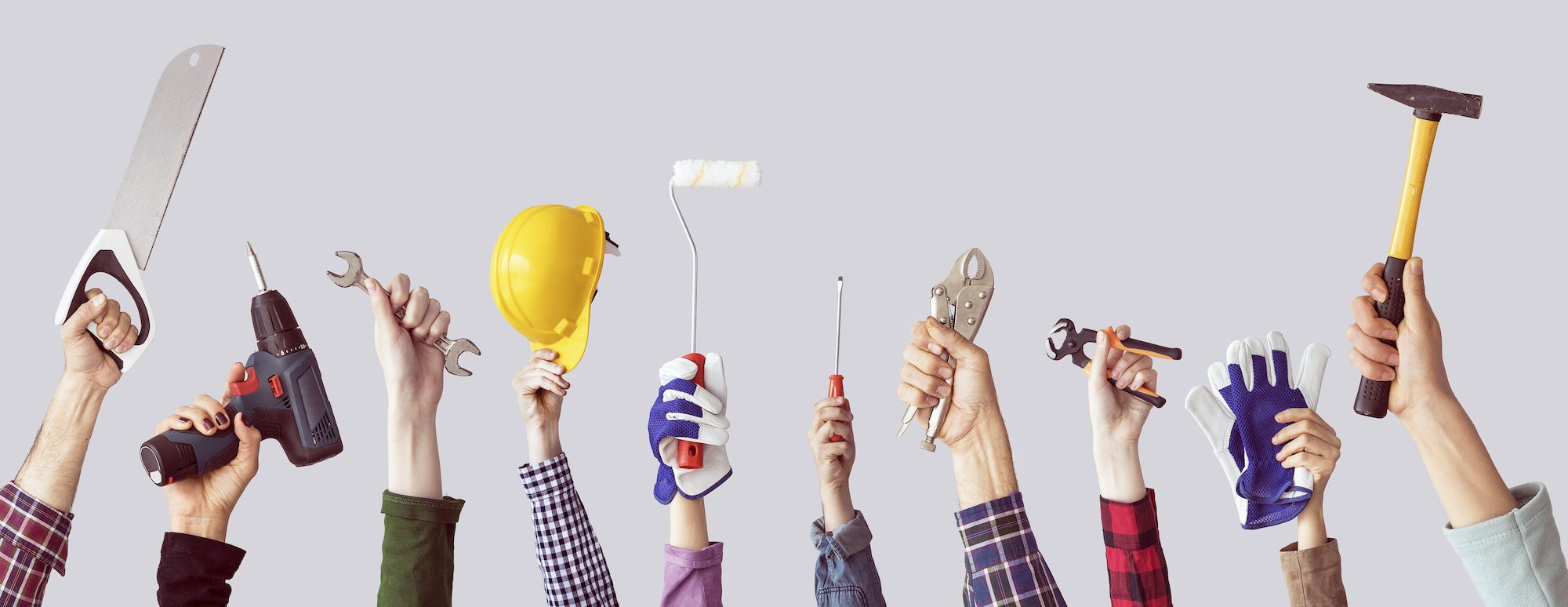In a relatively short amount of time, online “buy-now pay-later” finance options like Affirm, AfterPay and Quadpay have gone from novelty to ubiquity. These days, it’s almost more surprising to find out that you can’t choose to break your $30 sweatpants purchase into three easy payments of $10—and home retailers ranging from Snowe to Design Within Reach have already adopted the technology. No surprise, then, that the phenomenon is making the leap from goods to services.
Last month, home improvement platform HomeAdvisor announced it would be partnering with Affirm to allow customers to pay a plumber or electrician (or even an interior designer) using a digitally enabled installment plan, stretched out anywhere from 3 to 36 months. “Payment is a particularly stressful part of the home services experience, be it due to unexpected expenses or the lack of transparency around the cost of many home improvement projects,” said Brandon Ridenour, CEO of ANGI Homeservices, HomeAdvisor’s parent company, in a statement. “We are making it fast and easy to book, finance and pay for any home improvement job, no matter the project type or size.”
For HomeAdvisor, the move is part of a broader effort to make booking a home service professional (the site features everything from gardening to swamp cooler repair) as frictionless as possible. Early last year, it introduced a digital transaction system, called HAPay, through which consumers can pay for services and tip pros in a manner that mimics the convenience of mobile-friendly apps like Uber or PostMates. (The company says it processes an average of $1 million per week through the tool.) Affirm is simply another layer on top of that system.
The benefits of a “buy now, pay later” transaction tool are clear. For one, they’re catnip for younger consumers, raised on e-commerce but wary of credit cards. For another, they reduce sticker shock and ease digital consumers into spending on big-ticket items. The surge in online shopping caused by COVID (and the subsequent federal stimulus payments) have injected a dose of rocket fuel into the phenomenon: The Wall Street Journal reported that in the month of November, U.S. AfterPay users spent $770 million—more than triple what they had that month the year before.
At first glance, it may seem somewhat complex to take Affirm’s model for a finite transaction—buying those $30 sweatpants, say—and apply it to the complexities of a home renovation project. For HomeAdvisor, though, it’s relatively simple: The company treats each contractor’s invoice like a finite transaction.
For example, if a contractor working on a kitchen remodel chooses to structure their fee as a flat rate of $5,000, the customer could use Affirm to break up the fee into a year’s worth of monthly payments of $452 at a 15 percent APR (provided they were approved). If the contractor instead chose to break their fee up into two payments of $2,500, the customer could then break up those payments into smaller units.
Likewise, if the contractor opens up the wall and discovers a hornet’s nest, black mold and faulty plumbing and needs to submit an additional invoice, that too could be broken down via Affirm—though the client's frustration is another story. (HomeAdvisor avoids much of the complexity of the arrangement by simply being an intermediary between homeowner and client, not a custodian of the project itself.)
There are some limitations, including Affirm’s upper ceiling on the costs it will cover. The complexity and unpredictable expenses of whole-home projects make it unlikely that a consumer would use the tool to pay for a massive luxury renovation. Instead, it’s more likely that it will be used in the other direction: to ameliorate the sad reality that almost half of Americans can’t afford a $1,000 emergency expense—including a leaking roof, a collapsed porch or an electrical system on the fritz.
However, there’s certainly plenty of room for companies like Affirm to grow in all directions. According to an internal study, HomeAdvisor found that 60 percent of Americans still pay for home improvement projects via cash or check. As the world gets increasingly digital, that number will surely go down—and e-commerce financing options will likely keep popping up in new places.
Homepage photo: © Sebra/Adobe Stock




























